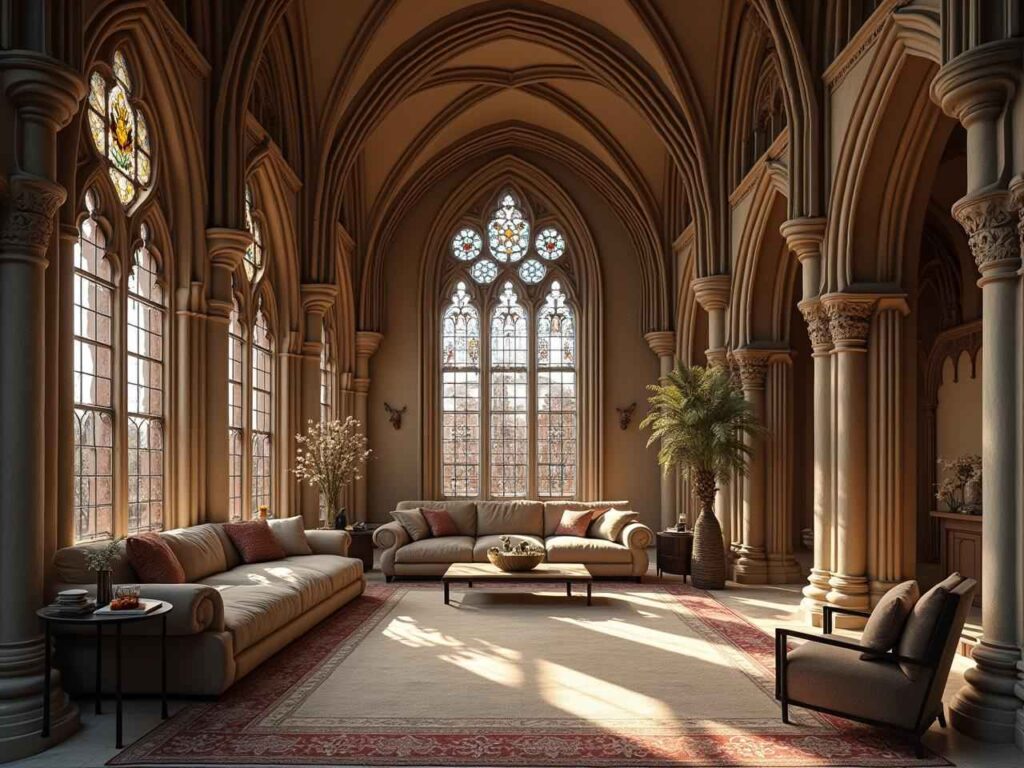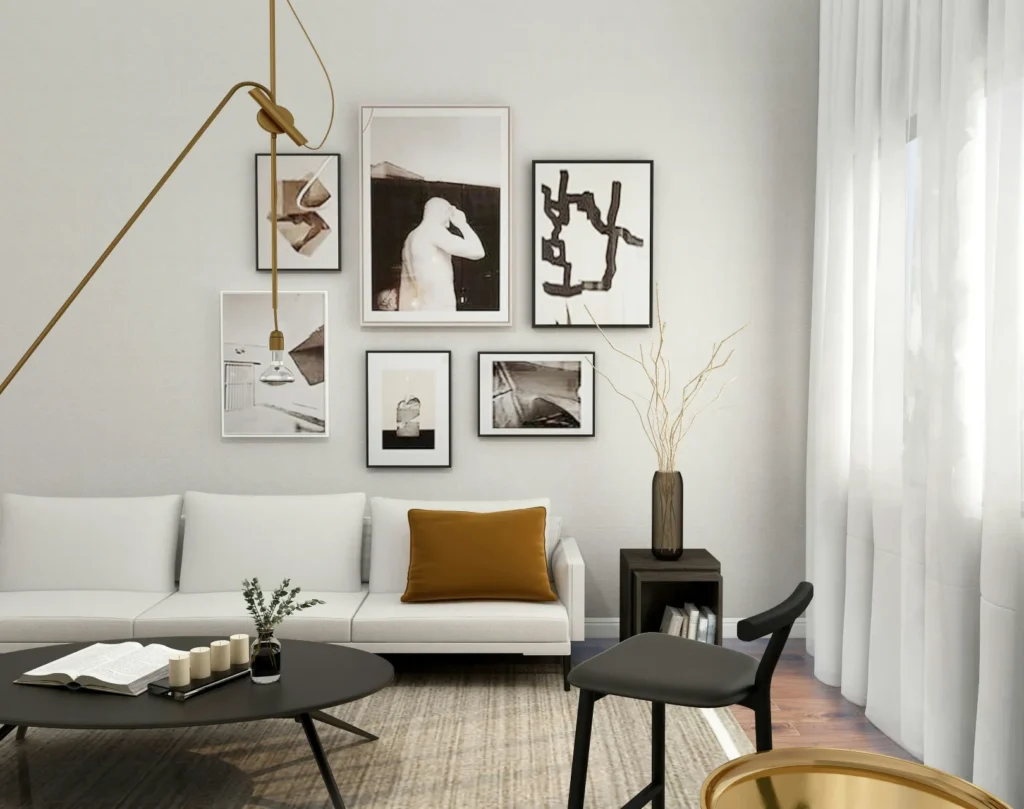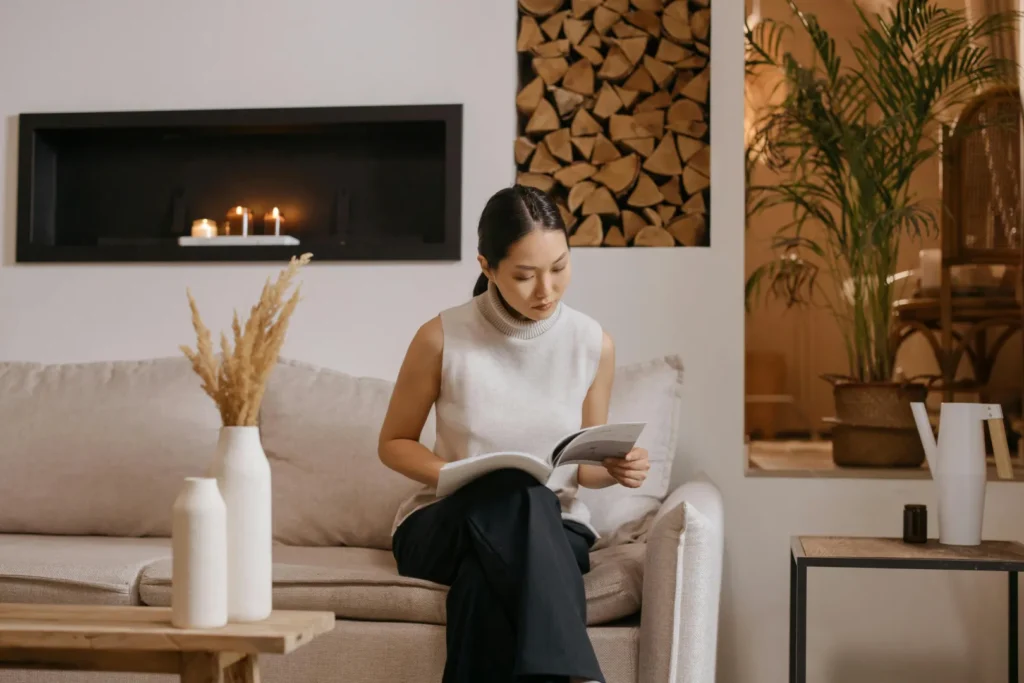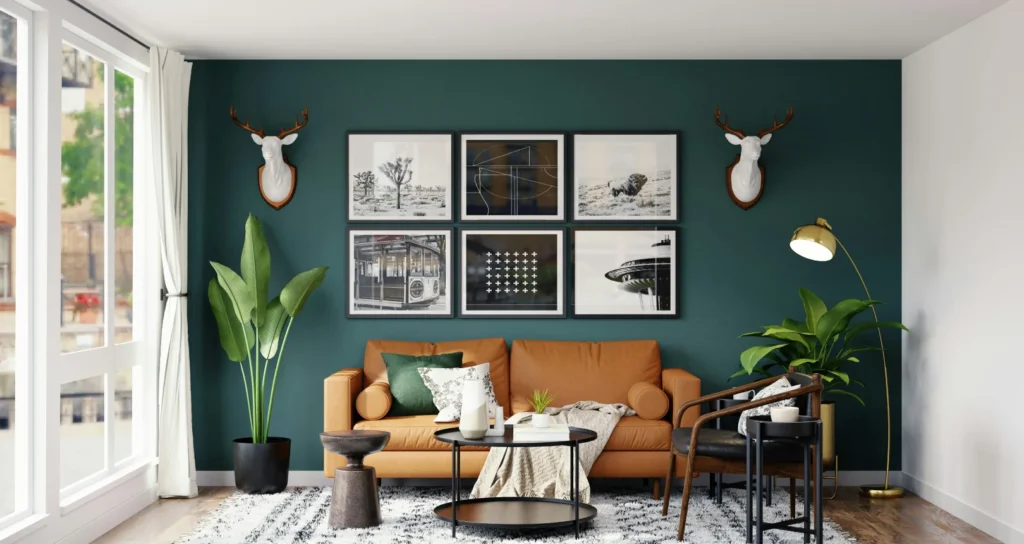The drama of a Gothic cathedral is unforgettable: sunlight filtering through bold stained glass, arches reaching toward the sky, intricate carvings shimmering in the shadows.
Today, echoes of this historic grandeur appear in the heart of luxury villas and modern interiors from London to Riyadh.
Gothic architecture remains a symbol of power, artistry, and spiritual wonder. We see its signature shapes and ornamentation enlivening both global and Gulf living spaces, fusing rich history with contemporary style.
Let’s travel from stone cathedrals to plush villas and discover how Gothic flair still stirs our imagination.
Gothic Architecture: A Legacy of Grandeur and Drama
Gothic architecture first appeared in 12th-century France. Builders broke away from heavy Romanesque forms, inventing new ways to stretch stone and glass toward heaven.
The secrets of pointed arches, ribbed vaults, flying buttresses, and stained glass transformed cathedrals into theaters of light and space. These elements projected both religious power and the ingenuity of human hands.
As the Gothic style spread across Europe, it carried a sense of vertical ambition and decorative complexity. Far from fading, these ideas were revived and reinvented in later centuries, crossing continents and inspiring both public and private buildings worldwide.
Medieval Marvels in Stone and Glass
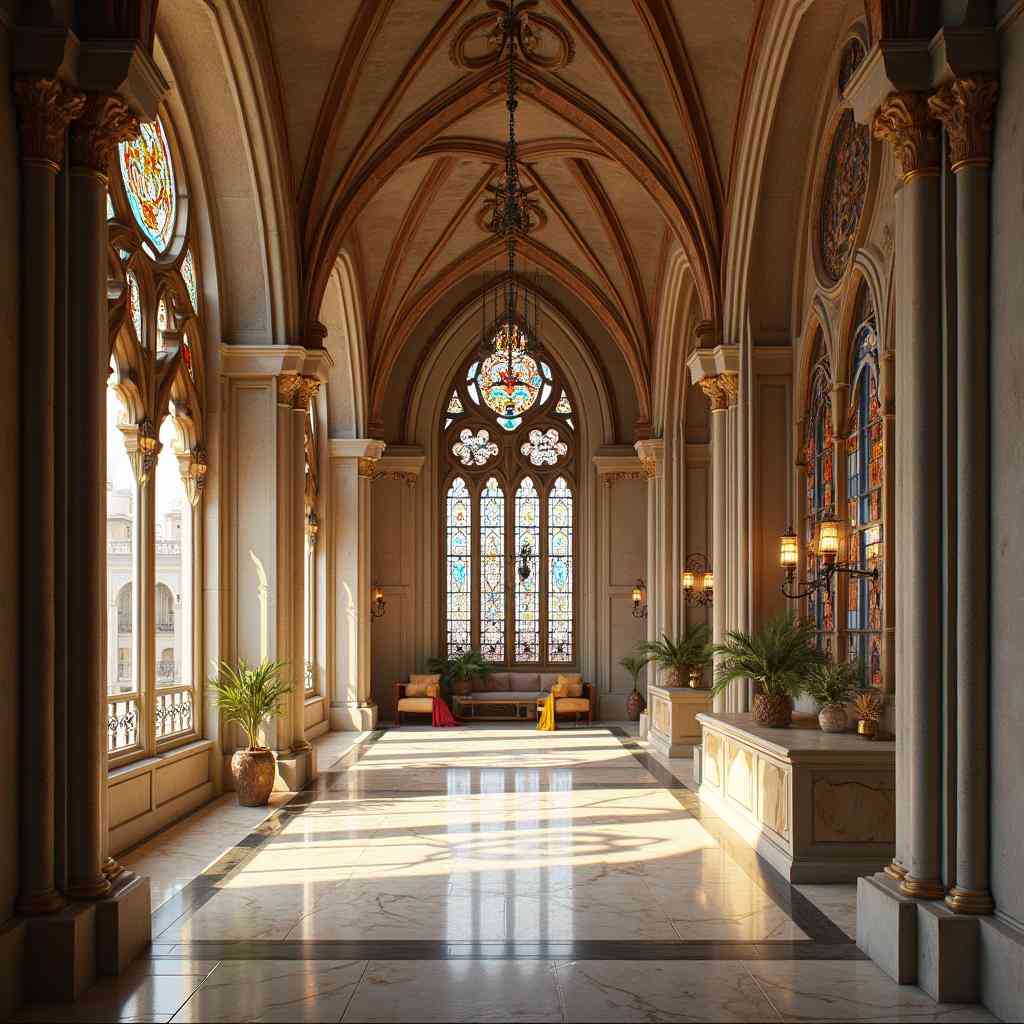
Medieval cathedrals like Notre-Dame or Milan Cathedral were feats of engineering and artistry. Their ceilings rise like mountains, supported by arches that seem to defy gravity.
The flying buttress—an exterior arm of stone—transfers weight away from walls, allowing for vast windows filled with stained glass. Sunlight bursts through the glass, painting floors with every color in the spectrum.
Inside, visitors move through a dream of light, where tall columns and pointed arches create a sense of endless height. Ornate carvings and sculptures tell stories in every shadow. Gothic builders used these tools to move the spirit, fill walls with color, and fill hearts with awe.
Gothic Revival: From Europe to America and Beyond
In the 18th and 19th centuries, Gothic inspiration returned to architecture like a beloved echo. The Gothic Revival swept through Britain, then America and much of the world.
Neo-Gothic buildings sprang up: grand universities, parliament houses, mansions, and even skyscrapers flaunted pointed arches and intricate trim.
This new wave drew from medieval patterns and ornamentation but found fresh expressions: private homes with steep gables, public halls with ribbed ceilings, banks with stained glass windows, and churches that mimicked medieval churches but with modern comforts.
Migration, trade, and colonization helped spread Gothic vocabulary far beyond its European roots.
Gothic Inspiration in Global and Gulf Interiors
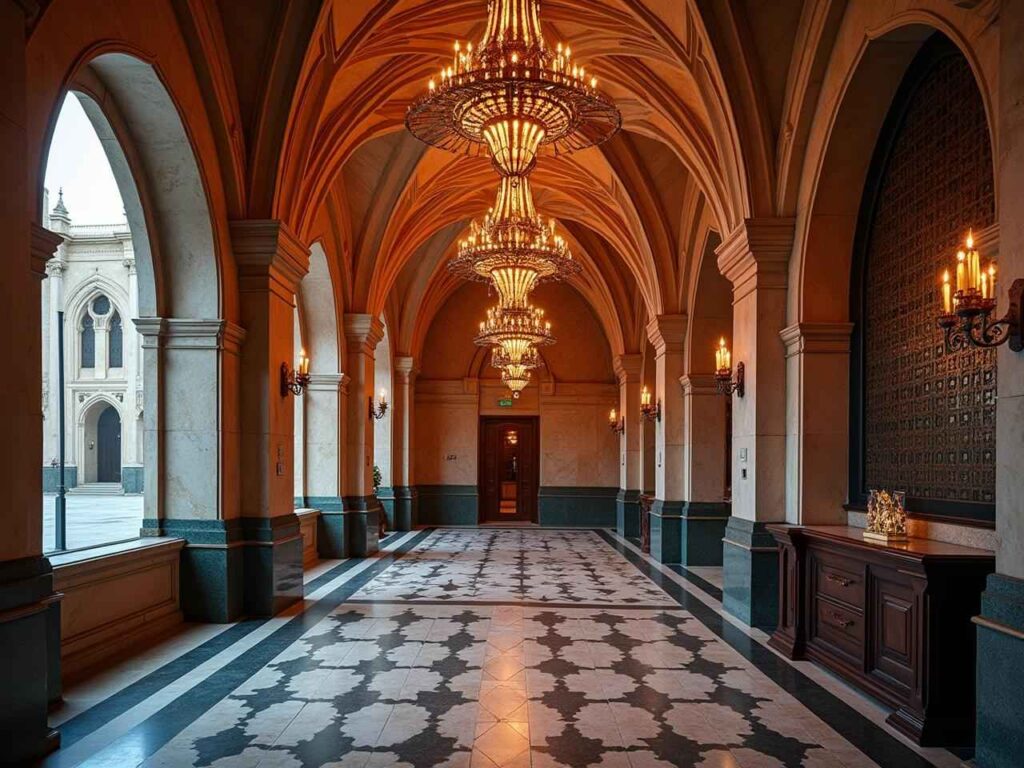
Today, the classic features of Gothic architecture aren’t confined to cathedrals. We find their spirit in private residences, lavish hotels, and luxury villas, including those in the Gulf.
Designers borrow from the Gothic toolbox—vertical lines, arcs, drama, and rich detail—to create striking modern environments.
Modern Takes: High Ceilings, Dramatic Light, and Ornate Details
Contemporary designers often use tall ceilings and expansive windows to evoke the soaring spaces of Gothic cathedrals.
Skylights or floor-to-ceiling glass bring in daylight like a modern version of stained glass, filling interiors with shifting light. Ornate trim—from deeply carved moldings to wrought-iron railings—adds layered visual interest.
Decorators use deep, powerful colors (midnight blue, plum, emerald) and luxurious materials like velvet, silk, and carved wood. Metalwork in brass or black iron, sometimes recalling Gothic tracery, gives both shimmer and shadow.
Key features in modern Gothic-inspired interiors:
- Pointed archways at doors or windows
- Decorative, ribbed molding along ceilings or walls
- Statement lighting with grand, chandelier-inspired designs
- Dark, layered color palettes balanced with glassy surfaces
The Gulf’s Fusion: Regional Prestige Meets Gothic Mystique

In the Gulf, designers blend the grandeur of Gothic architecture with a sense of regional luxury. The result feels bold but personalized, historic yet highly current. Walls may be clad in marble or limestone with textures echoing medieval stonework, accented by metallics or locally crafted wood. Artisans repurpose classic motifs—arches, tracery, rose windows—using Gulf craftsmanship and native materials.
Gothic elements are paired with Gulf ornamental styles, such as mashrabiya screens or Islamic geometric patterns, producing an opulent synthesis that celebrates both heritages. Striking chandeliers cast patterned light, while intricate metal grilles and inlaid stone floors create a dialogue between Gothic complexity and Middle Eastern richness.
Regional adaptations often include:
- Pointed arches paired with Arabic calligraphy in glass or ironwork
- Locally sourced stone and woods shaped into Gothic-inspired decorative elements
- Mashrabiya or lattice screens with Gothic curves
- Deep-pile carpets and tapestries in jewel tones and gold accents
Signature Elements: From Stained Glass to Carved Arabesques
Today’s designers reinterpret classic Gothic motifs for modern living spaces, both in the Gulf and worldwide.
Stained glass is reborn with regional motifs—think Arabic patterns or calligraphy fused into jewel-toned panes for windows or room dividers. Decorative ironwork appears in gates, stair railings, and light fixtures, echoing the tracery of medieval churches but crafted with modern precision.
Carved wood panels and velvet furniture add tactile richness. Select interiors echo the rhythm of Gothic arcades along hallways, or feature a vaulted ceiling over an entryway. Deep colors and layered lighting keep the atmosphere dramatic and welcoming at once.
Examples of adapted Gothic elements in current interiors:
- Custom stained or frosted glass panels with local motifs
- Vaulted ceilings in living rooms for drama and depth
- Rugs and textiles reflecting both Gothic and Gulf heritage
- Detailed headboards or dining room furniture with pointed arches
Conclusion
From the bold lines of European cathedrals to the refined elegance of Gulf villas, Gothic architecture continues to inspire. Its drama, light, and ornamentation help us tell stories with our built spaces—stories of ambition, beauty, and identity.
As we move forward, this style will keep finding fresh life in global and Gulf interiors. Imagine living rooms filled with colored light, or bedrooms wrapped in carved wood and iron.
Gothic influences remain as relevant as ever, ready to transform our homes and dreams with every sweep of an arch or shimmer of glass. Where will a touch of Gothic grandeur take your space next?

